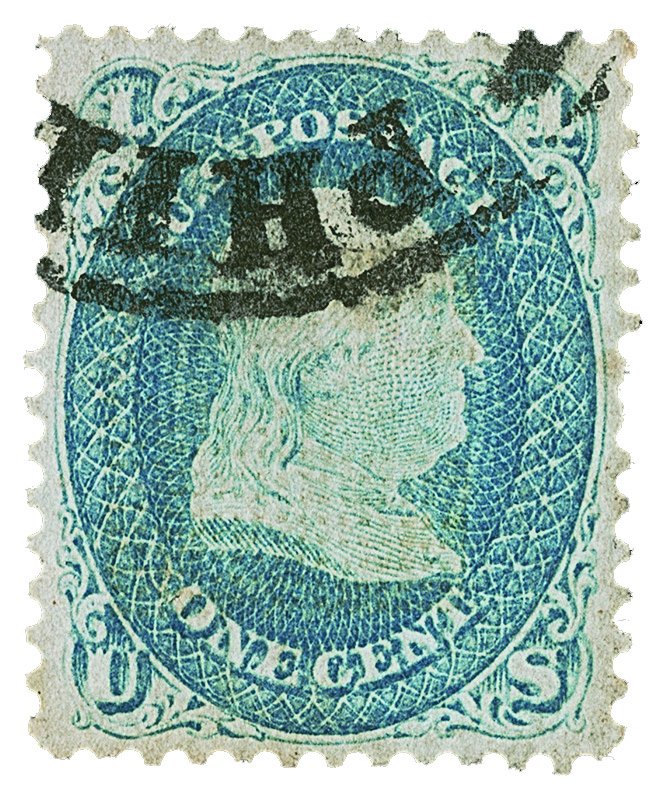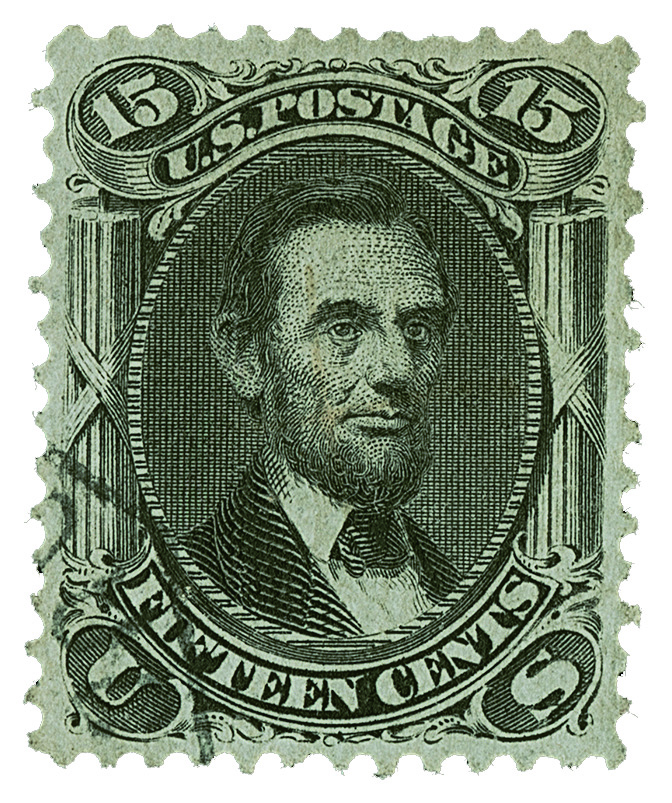24 July 2024
|
The sale of the William H Gross Collection: United States Stamps Complete was held on 14th-15th June by Robert A Siegel in New York.
A key item in the sale was an example of the 1867-68 1c blue Z grill (Scott 85A) (lot 31 in the auction). This example is the only one available to private collectors, the other was discovered by William L Stevenson and was sold in 1923 to Benjamin K Miller, it’s been held in the New York Public Library for nearly 100 years. William H Gross came into possession of the stamp in 2005 when he made the ‘Greatest Stamp Swap in History’ to complete his stamp collection.
The 1867-68 1c blue Z grill (Scott 85A) is perfectly centred and has a bold strike of a Philadelphia circular date stamp with a strong grill impression and went on to sell for $3,700,000.

Above: The 1867-68 1c blue Z grill (Scott 85A) was the only example available to private collectors and sold for $3,700,000.
Related article: Rare USA stamps fetch millions at Cherrystone
Another multi-million-dollar selling stamp was the 15c Z grill (Scott 85F) (lot 32), of which there are 2 known examples. Although this stamp is just as rare as the 1c Z grill, both examples of the 15c Z grill stamps are in private collections, so it’s possible for 2 collectors to possess an example of this rare stamp. This is another near perfect example from the William H Gross Collection, with virtually perfect centring, a faded manuscript ‘X’ cancel and a small part of an octagonal town datestamp. This stamp had an estimate of $1,500,000-$2,000,000 but eventually sold for $2,350,000.

Above: A near perfect example of the 15c Z grill (Scott 85F) sold for $2,350,000
Related article: When will William H. Gross sell his single stamp collection?
The history of the grilling of stamps
In 1867 The National Bank Note Co. began experiments in the grilling of stamps, using a device patented by Charles F. Steel after postal officials because concerned with stamp cleaning and reuse. By August of that year, the first stamps with the experimental A grill were in use, these were followed by stamps with the C grill. These initial tests satisfied postal officials and regular production of grilled stamps began soon after.
The next year, the first regularly produced stamps with grills became available to purchase at post offices and for the next 4 years, postage stamps were issued with grills. These stamps were catalogued by William L. Stevenson using letter and characteristics from A-J to distinguish between the different grill types. Stevenson had difficulty placing a very distinctive grill into this system and dubbed it Z.







